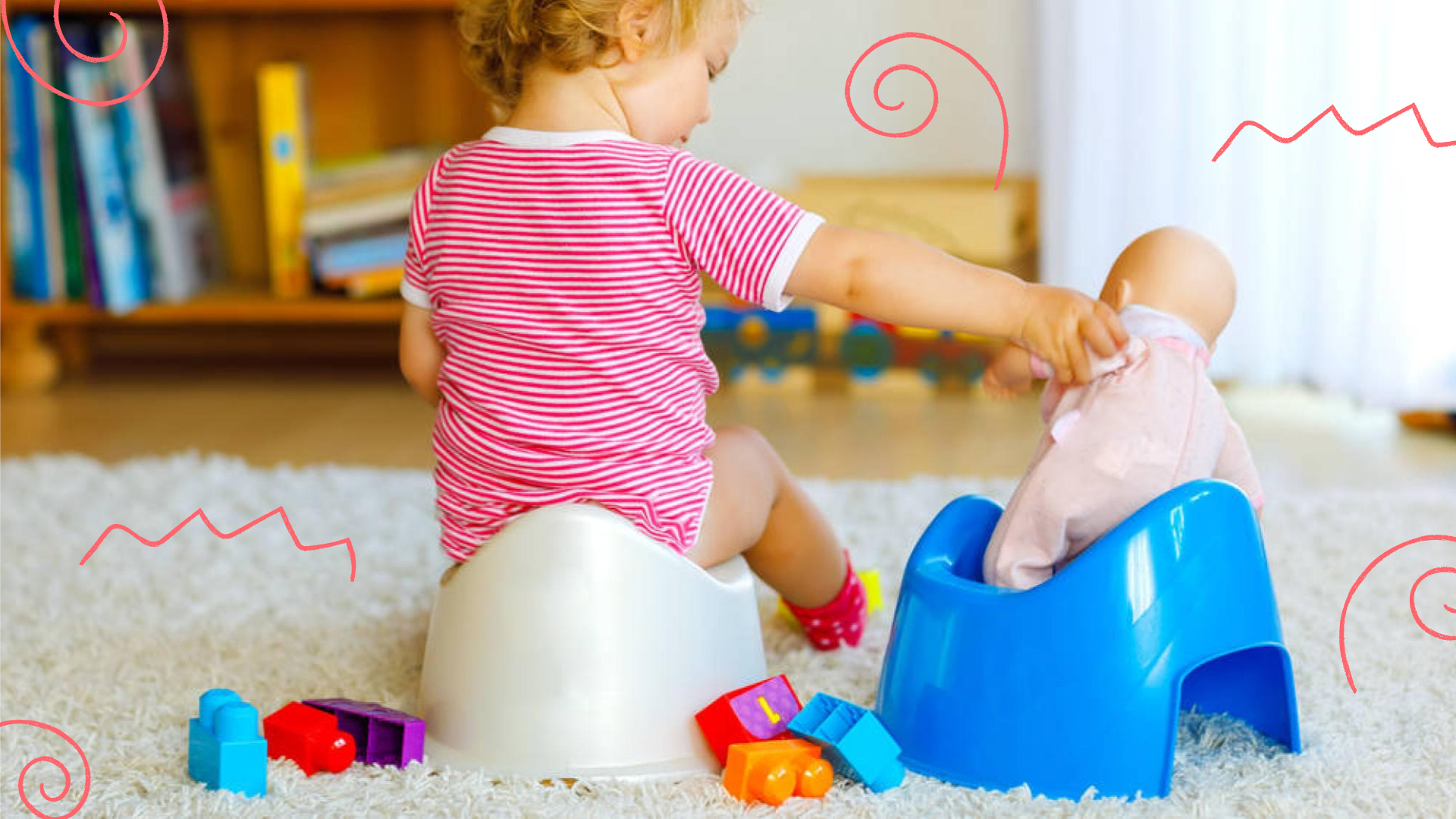
Potty Training: When to Start and How to Do It
Thinking about potty training with your child but unsure if they’re ready, or how to get started? Here’s our quick guide to help you along the way.
When to start potty training
Should I start potty training my child? The thought usually pops into a caregiver’s head when their little one is typically between the ages of 2 and 2.5-years-old. Most children start to show signs of being ready to potty train after 18 months, but some might not show signs until they’re 3 years old. The important thing to remember is that you shouldn’t rush the process. If you start too early and put too much pressure on your child, it might take longer and they may eventually regress.
According to the NHS (UK health service), there are a handful of signs for caregivers to look out for that may signal their child is ready for potty training:
- They’re aware of when they’ve got a wet or dirty diaper
- They know when they’re pottying in their diaper and may tell you they’re doing it
- The time between wetting is at least an hour
- They show physical signs, like fidgeting or going somewhere quiet or hidden
- They know when they need to potty and may tell you before it happens
Potty training tips
Make it part of the conversation
Familiarity can help make the process a bit easier. Talk about your child’s diaper changes as you do them. This will help them understand wee and poo better, what a wet diaper means, and will eventually help them make a connection to what’s expected of ‘big kids’ in the bathroom.
If your child prefers visual guides, you could add some pictures to the bathroom, showing each step of using the toilet, from pulling down underwear to washing hands. Visual guides can sometimes be easier for a child to understand.
Be positive and give praise
Play up the positives of using the potty to your kid. Young children love to mirror older kids and adults, so be sure to talk about how great it is to be able to use a toilet. Don’t belittle their diapers or the fact they aren’t potty trained, though. Belittling could lead to potty anxiety which might result in resistance or future regression.
Consistency is key
Making a connection with the bathroom during diaper changes is a great way to create a sense of bathroom normalcy. They’ll associate that space with pottying. If possible, be sure to always use the bathroom for diaper changes and potty training toilet sessions for consistency. Getting them active in other bathroom habits – like flushing the toilet and washing their hands – is also beneficial to instilling the expected potty routine.
Look out for signs
Kids don’t always understand the signals their bodies are giving them, so be sure to keep an eye out for signs yourself. Fidgeting, straining, and doing the potty dance are all giveaways that a trip to the bathroom may be imminent. If it’s too late and they end up having an accident, still take them to the bathroom and have them sit on the potty as a way to reinforce the connection.
Accidents will happen
Potty training isn’t typically easy, so remember to give your little one a break. Stay calm and don’t shame them when an accident happens. Talk with them about what happened and what you can both do together to try and make sure it doesn’t happen again. Always remember to keep a spare change of underwear on hand, even for a while after you believe potty training to have been a success. It’s always better safe than sorry!